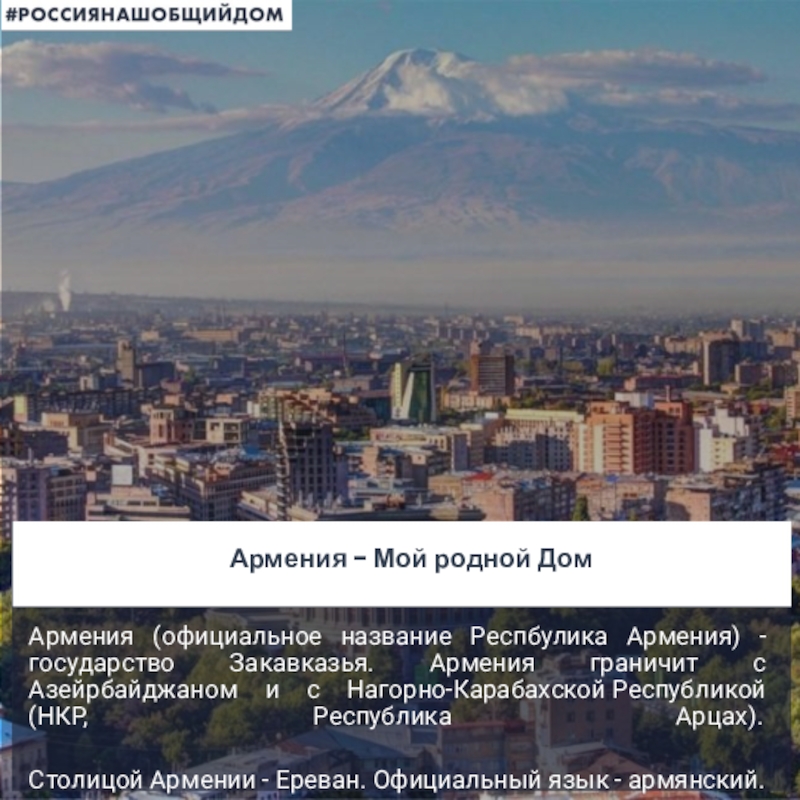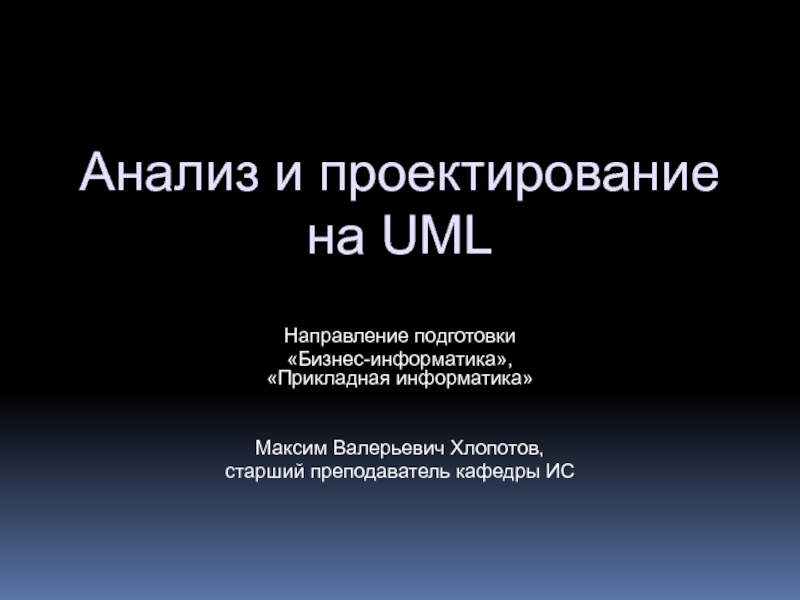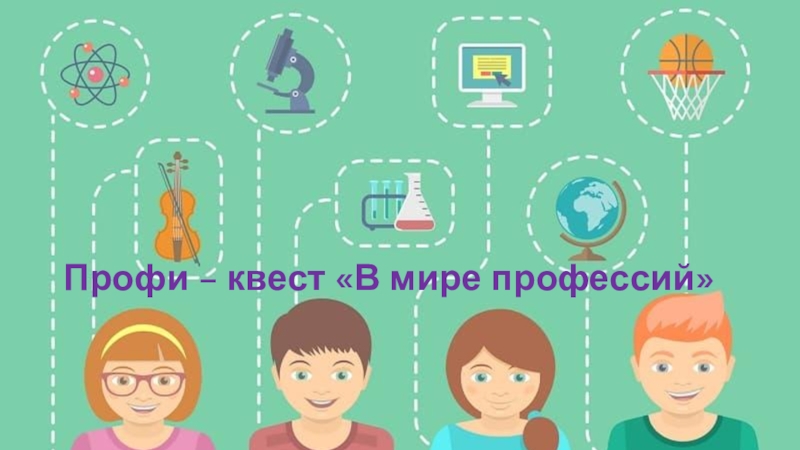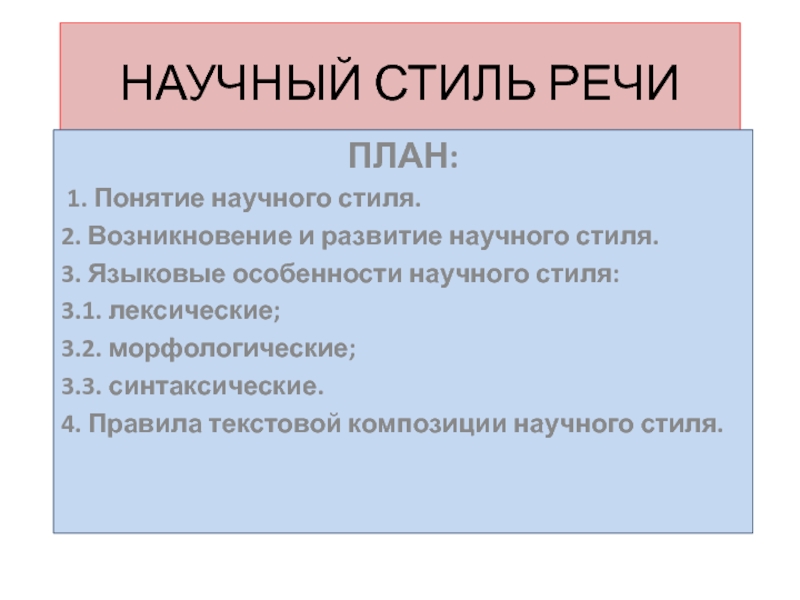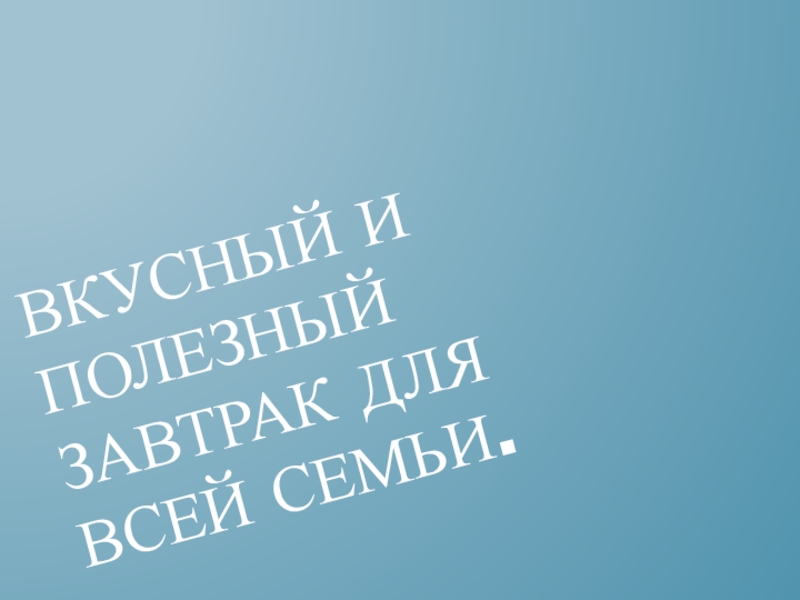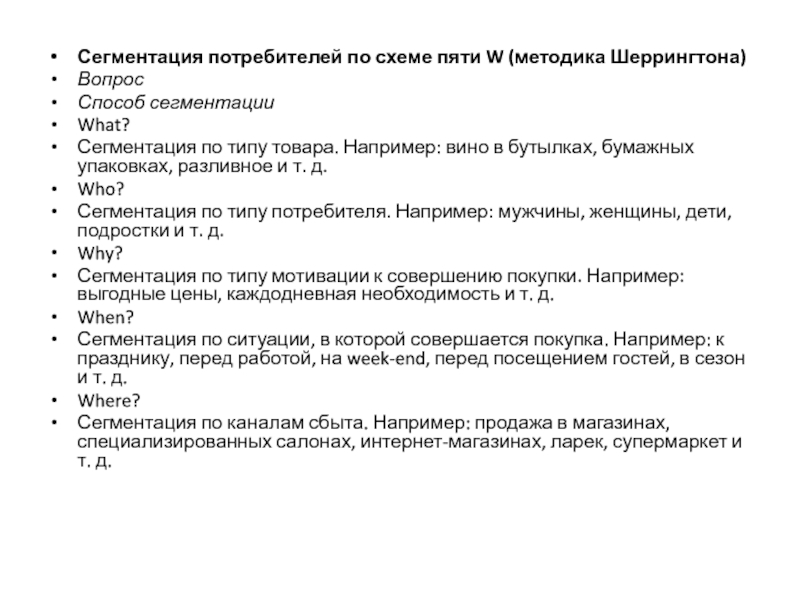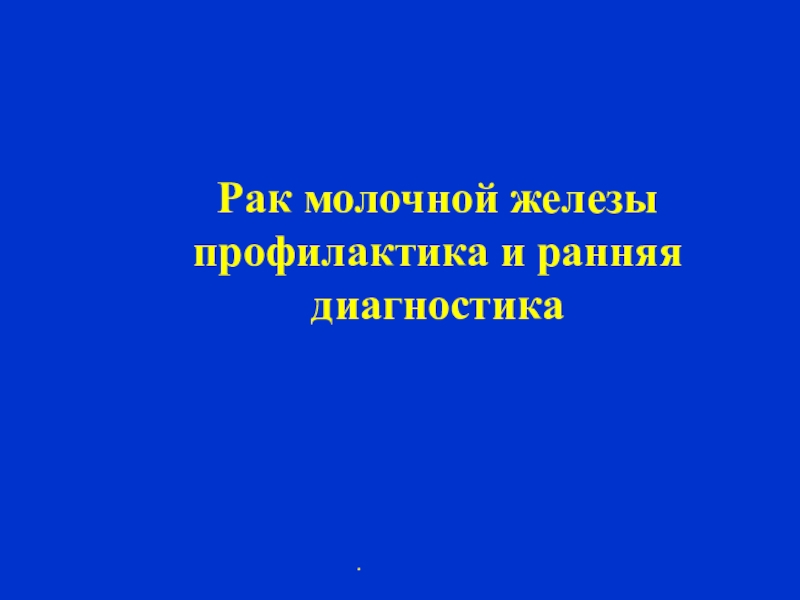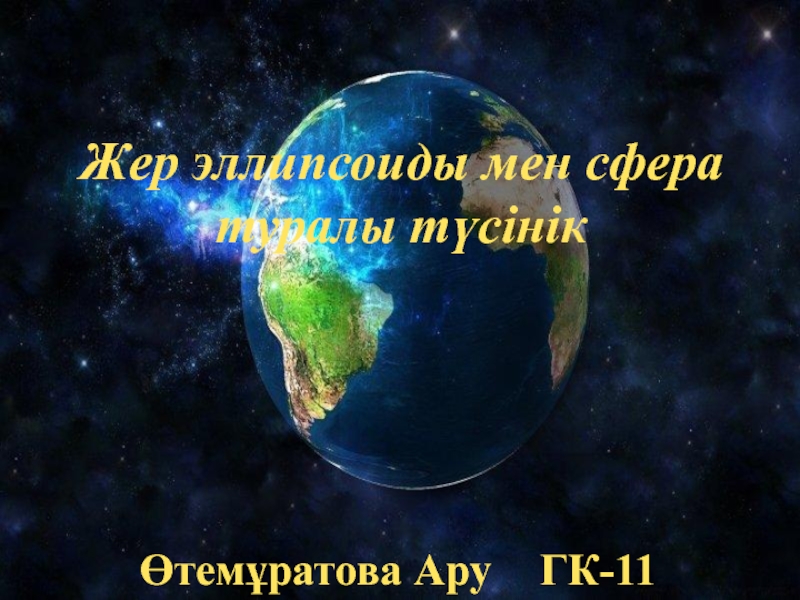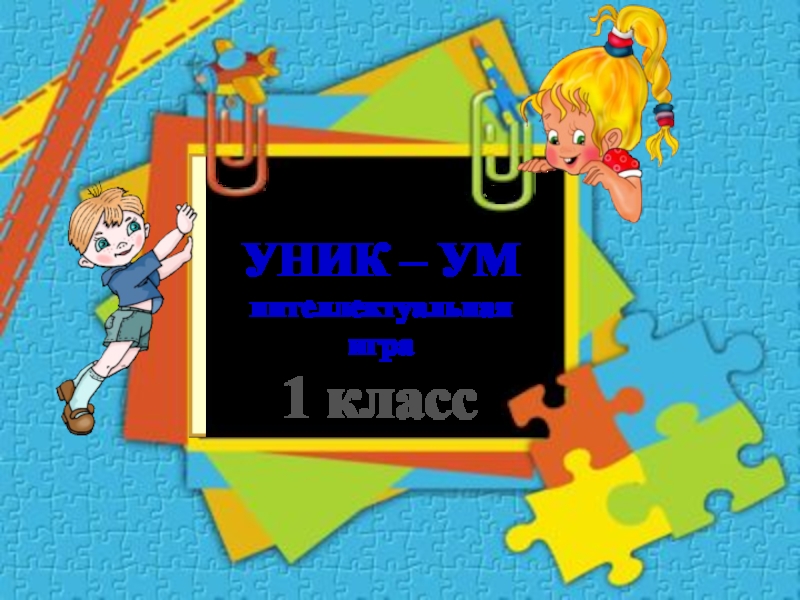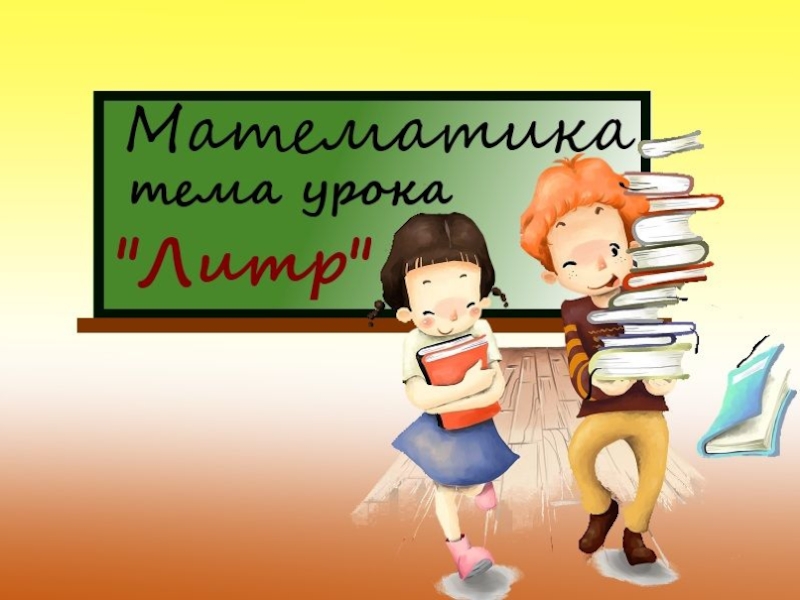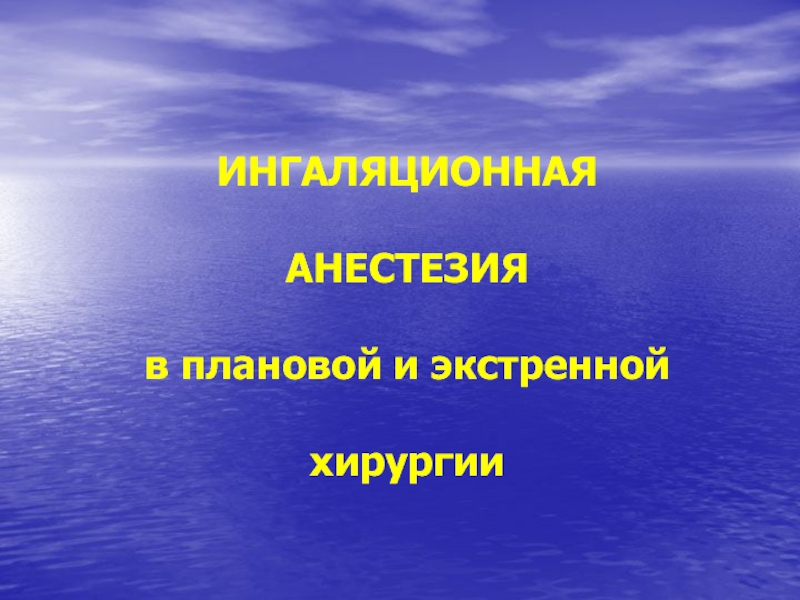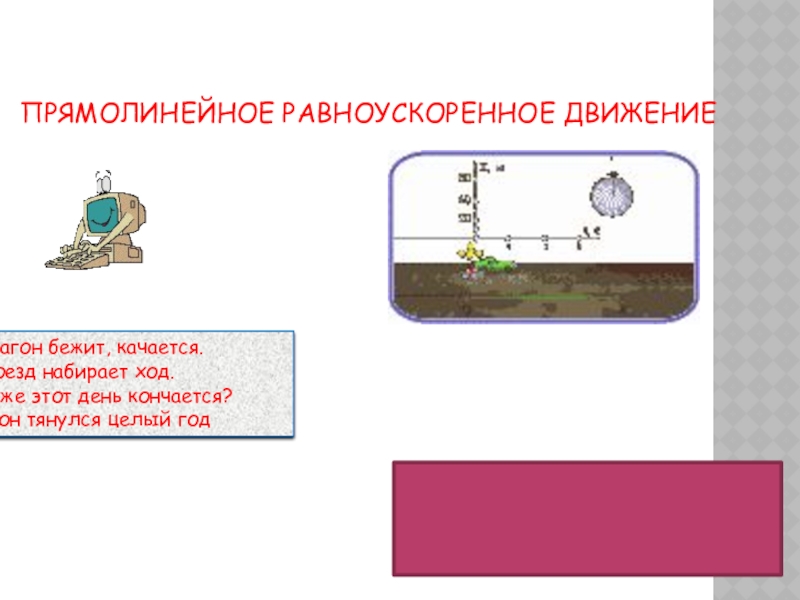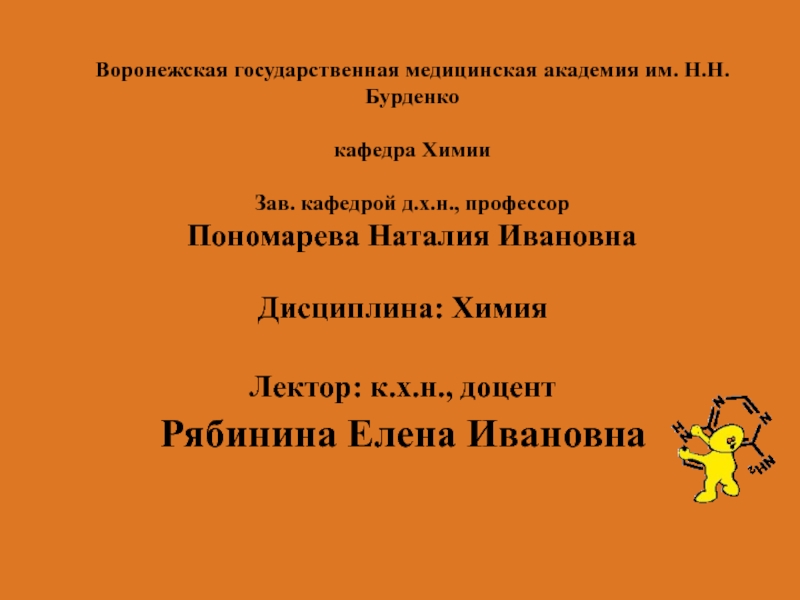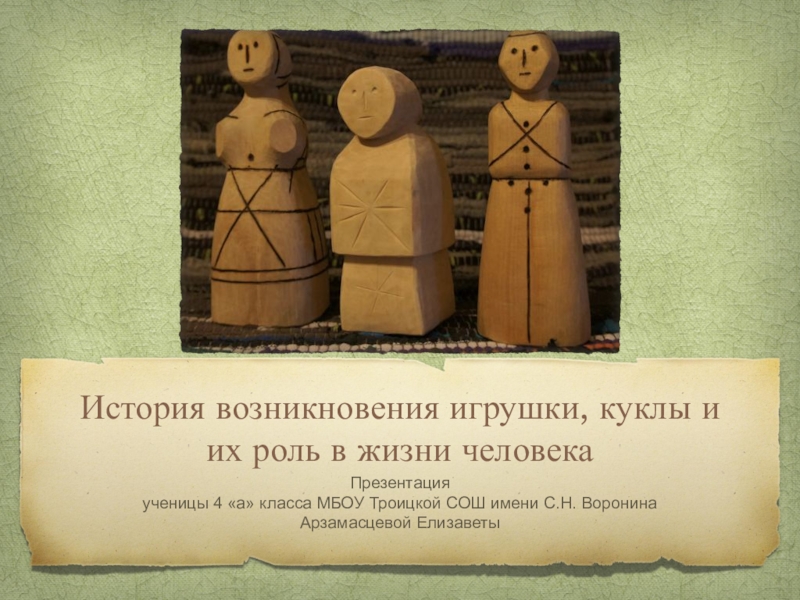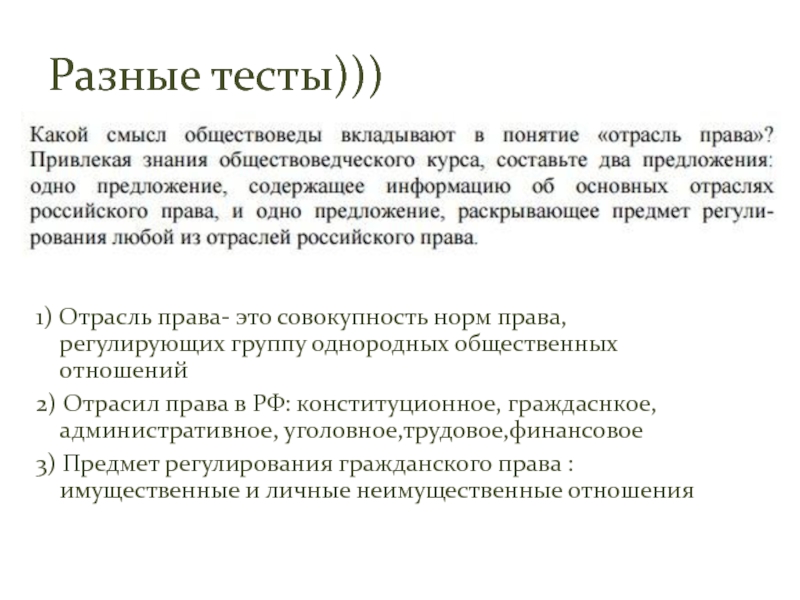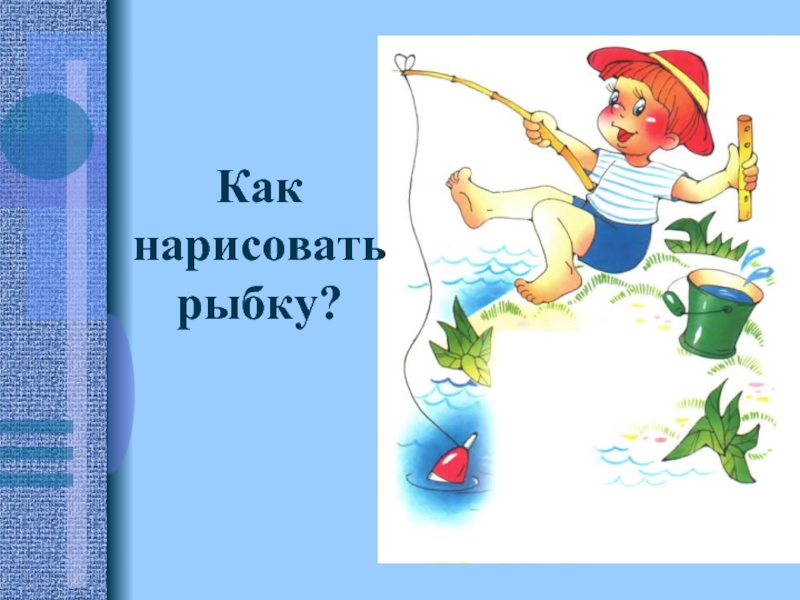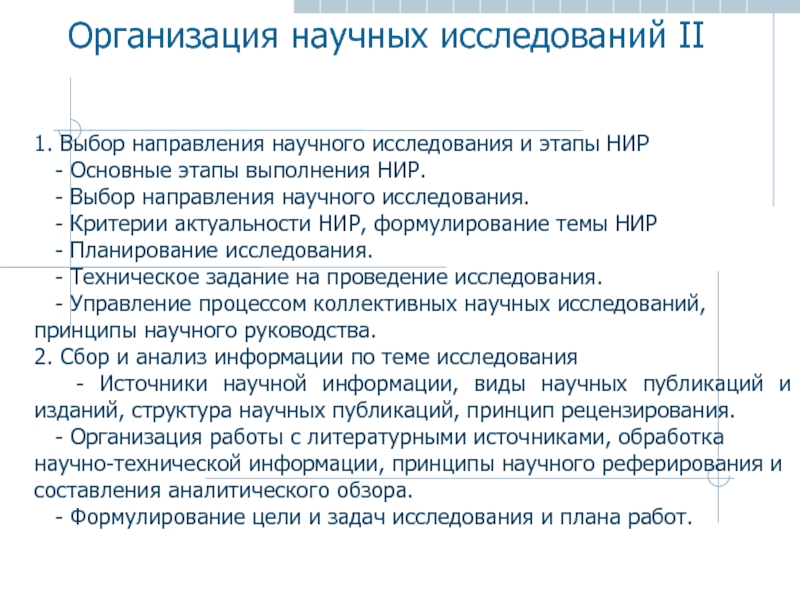Слайд 1A-Z of my country
Подготовила ученица 9 с класса
МБОУ «Лицей №136»
Киселева
Елизавета
Слайд 2A - Alexandrian Column
The Alexander Column also known as Alexandrian
Column, is the focal point of Palace Square in Saint
Petersburg, Russia. The monument was raised after the Russian victory in the war with Napoleon's France. The column is named for Emperor Alexander I of Russia, who reigned from 1801–25.
Слайд 3B - Baikal
Lake Baikal is a rift lake in Russia,
located in southern Siberia. It is the largest freshwater lake
by volume in the world, containing roughly 20% of the world's unfrozen surface fresh water
Слайд 4C - Chekhov
Anton Pavlovich Chekhov (29 January 1860 – 15
July 1904) was a Russian playwright and short story writer
who is considered to be among the greatest writers of short fiction in history. Chekhov practiced as a medical doctor throughout most of his literary career.
Слайд 5D - Dostoyevsky
Fyodor Mikhailovich Dostoyevsky (11 November 1821 – 9
February 1881), sometimes transliterated Dostoevsky, was a Russian novelist, short
story writer, journalist and philosopher.
Слайд 6E - Elizabeth Petrovna
Elizabeth Petrovna, also known as Yelisaveta and
Elizaveta, was the Empress of Russia from 1741 until her
death. She led the country into the two major European conflicts of her time: the War of Austrian Succession (1740–48) and the Seven Years' War (1756–63).
Слайд 7F - Fet
Afanasy Afanasyevich Fet, later known as Shenshin (5
December [O.S. 23 November] 1820 — 3 December [O.S. 21
November] 1892), was a renowned Russian poet regarded as the finest master of lyric verse in Russian literature.
Слайд 8G - Gagarin
Yuri Alekseyevich Gagarin (9 March 1934 – 27
March 1968) was a Russian Soviet pilot and cosmonaut. He
was the first human to journey into outer space, when his Vostok spacecraft completed an orbit of the Earth on 12 April 1961.
Слайд 9H - Hermitage
The State Hermitage is a museum of art
and culture in Saint Petersburg, Russia. One of the largest
and oldest museums in the world, it was founded in 1764 by Catherine the Great and has been open to the public since 1852.
Слайд 10I - Ivan the Terrible
Ivan IV Vasilyevich (3 September
[O.S. 25 August] 1530 – 28 March [O.S. 18 March]
1584), commonly known as Ivan the Terrible or Ivan the Fearsome, was the Grand Prince of Moscow from 1533 to 1547 and 'Tsar of All the Russias' from 1547 until his death in 1584.
Слайд 11K - Kremlin
The Moscow Kremlin, usually referred to as the
Kremlin, is a fortified complex at the heart of Moscow.
It is the best known of the kremlins and includes five palaces, four cathedrals, and the enclosing Kremlin Wall with Kremlin towers. The complex serves as the official residence of the President of the Russian Federation.
Слайд 12L - Lomonosov
Mikhail Vasilyevich Lomonosov (November 19 [O.S. November 8]
1711 – April 15 [O.S. April 4] 1765) was a
Russian polymath, scientist and writer, who made important contributions to literature, education, and science.
Слайд 13M – Mendeleev
Dmitri Ivanovich Mendeleev (8 February 1834 – 2
February 1907 O.S. 27 January 1834 – 20 January 1907)
was a Russian chemist and inventor. He formulated the Periodic Law, created a farsighted version of the periodic table of elements, and used it to correct the properties of some already discovered elements and also to predict the properties of eight elements yet to be discovered.
Слайд 14N - Novosibirsk
Novosibirsk is the third most populous city in
Russia after Moscow and St. Petersburg and the most populous
city in Asian Russia. It is the administrative center of Novosibirsk Oblast as well as of the Siberian Federal District.
Слайд 15O - Onegin
Eugene Onegin is a novel in verse written
by Alexander Pushkin.
Onegin is considered a classic of Russian literature,
and its eponymous protagonist has served as the model for a number of Russian literary heroes. It was published in serial form between 1825 and 1832.
Слайд 16P - Pushkin
Alexander Sergeyevich Pushkin (6 June [O.S. 26 May]
1799 – 10 February [O.S. 29 January] 1837) was a
Russian poet, playwright, and novelist of the Romantic era who is considered by many to be the greatest Russian poet and the founder of modern Russian literature.
Слайд 17R – Red square
Red Square is a city square in
Moscow, Russia. It separates the Kremlin, the former royal citadel
and currently the official residence of the President of Russia, from a historic merchant quarter known as Kitai-gorod. Red Square is often considered the central square of Moscow since Moscow's major streets, which connect to Russia's major highways, originate from the square.
Слайд 18S - Siberia
Siberia is an extensive geographical region, and by
the broadest definition is also known as North Asia. Siberia
has been historically part of Russia since the 17th century.
Слайд 19T - Tolstoy
Count Lev Nikolayevich Tolstoy (9 September [O.S. 28
August] 1828 – 20 November [O.S. 7 November] 1910), usually
referred to in English as Leo Tolstoy, was a Russian writer who is regarded as one of the greatest authors of all time.
Слайд 20U - USSR
The Union of Soviet Socialist Republics abbreviated to
USSR, was a socialist state on the Eurasian continent that
existed between 1922 and 1991. The Soviet Union was a one-party state, governed by the Communist Party with Moscow as its capital.
Слайд 21V - vodka
Vodka is a distilled beverage composed primarily of
water and ethanol, sometimes with traces of impurities and flavorings.
Слайд 22W – Winter Palace
The Winter Palace in Saint Petersburg, Russia,
was, from 1732 to 1917, the official residence of the
Russian monarchs. The present and fourth Winter Palace was built and altered almost continuously between the late 1730s and 1837, when it was severely damaged by fire and immediately rebuilt. The storming of the palace in 1917 as depicted in Soviet paintings and Eisenstein's 1927 film October became an iconic symbol of the Russian Revolution.
Слайд 23Y - Yermak Timofeyevich
Vasiliy "Yermak" Timofeyevich Alenin born between 1532
and 1542 – August 5 or 6, 1585; was a
Cossack who started the Russian conquest of Siberia, in the reign of Tsar Ivan the Terrible.
Слайд 24Z - Zhukov
Georgy Konstantinovich Zhukov (1 December [O.S. 19 November]
1896 – 18 June 1974), was a career officer in
the Red Army of the Soviet Union, who became Chief of General Staff, Deputy Commander-in-Chief, Minister of Defence and a member of the Politburo. During World War II he participated in multiple battles, ultimately commanding the 1st Belorussian Front in the Battle of Berlin.
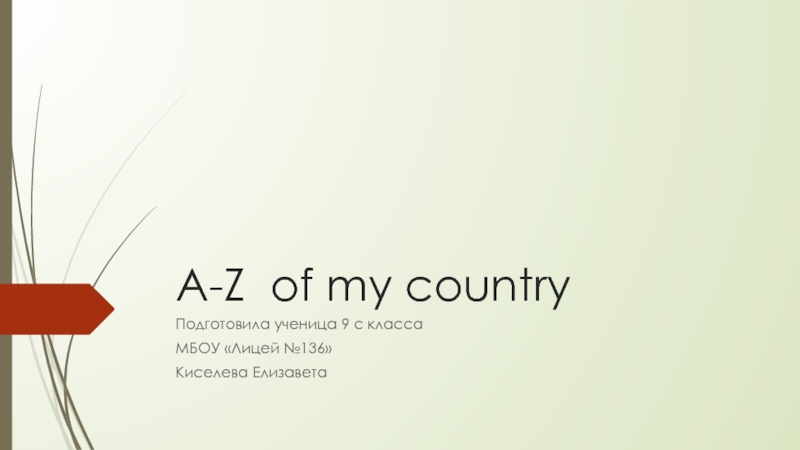
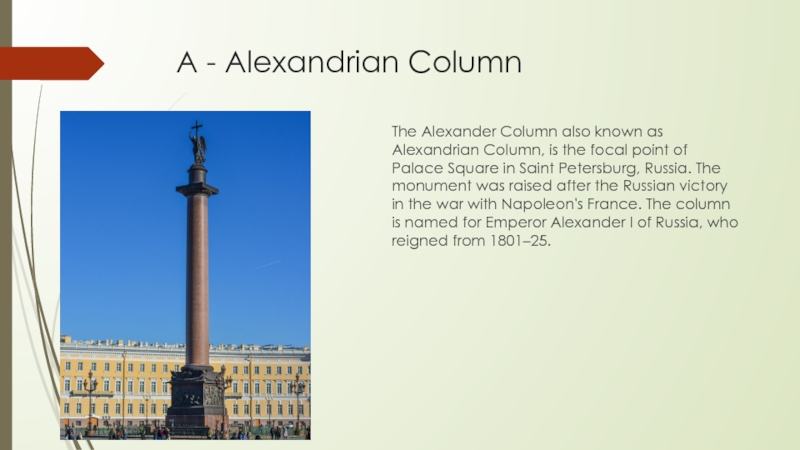
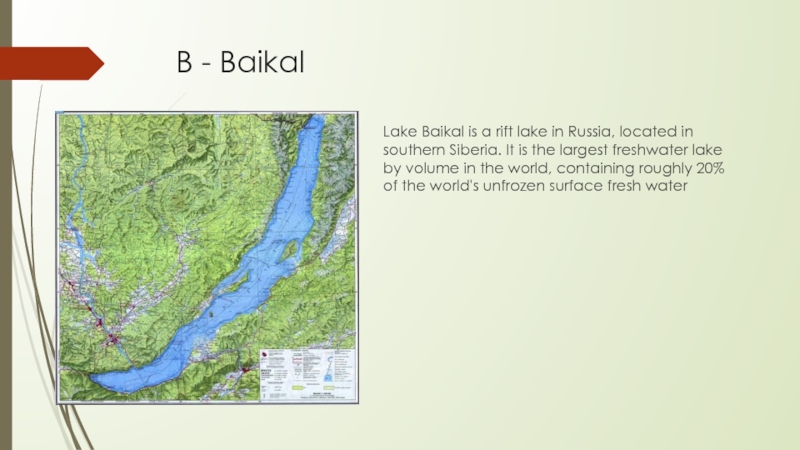
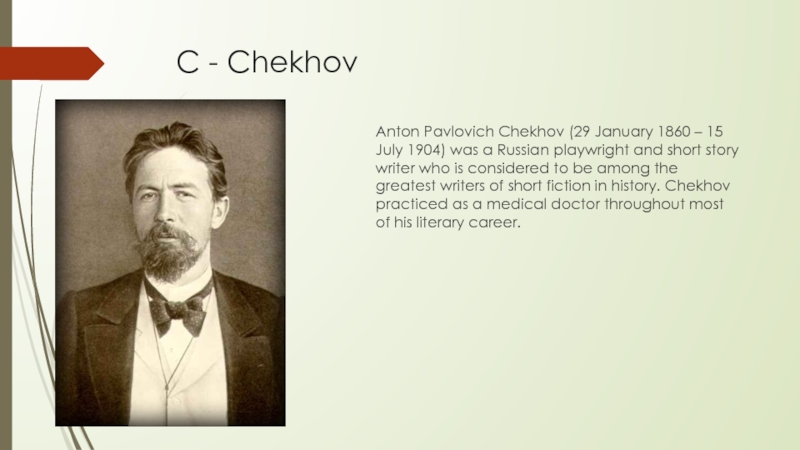
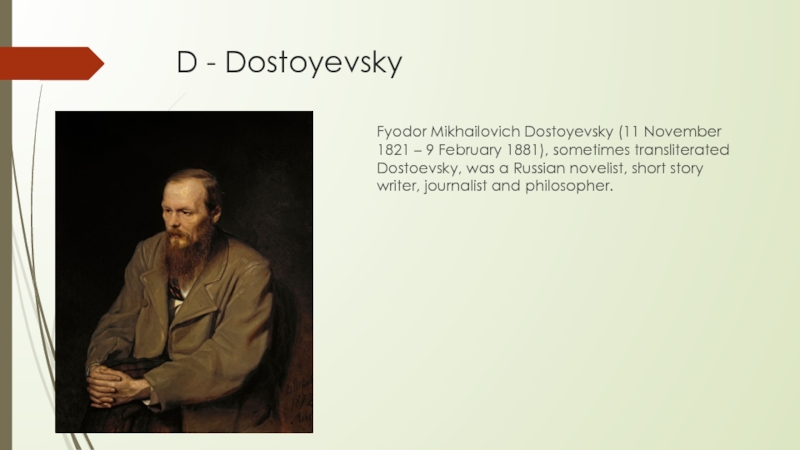
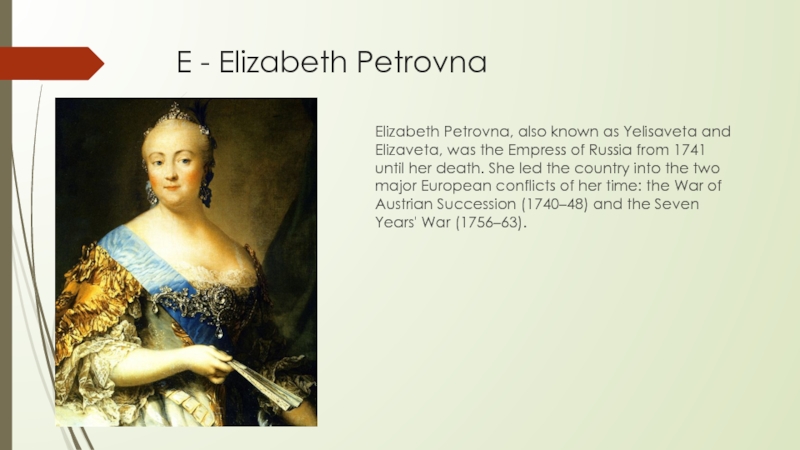
![A-Z of my country F - FetAfanasy Afanasyevich Fet, later known as Shenshin (5 December F - FetAfanasy Afanasyevich Fet, later known as Shenshin (5 December [O.S. 23 November] 1820 — 3](/img/thumbs/b4c2c8cfe6e9e5070ba97134b2dc82a1-800x.jpg)
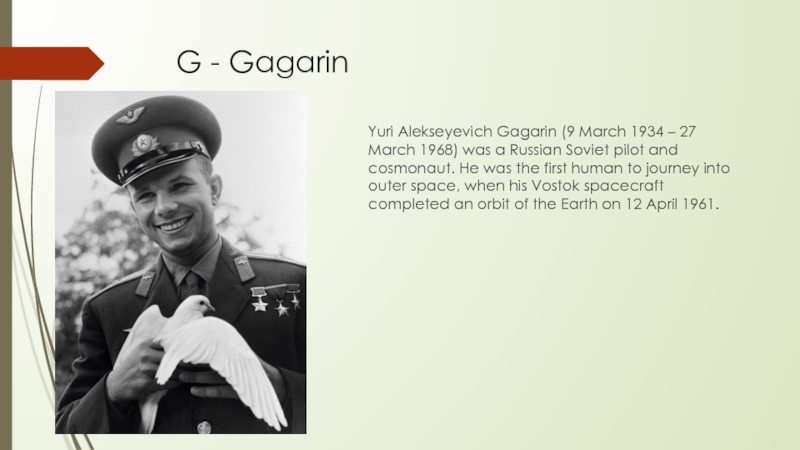
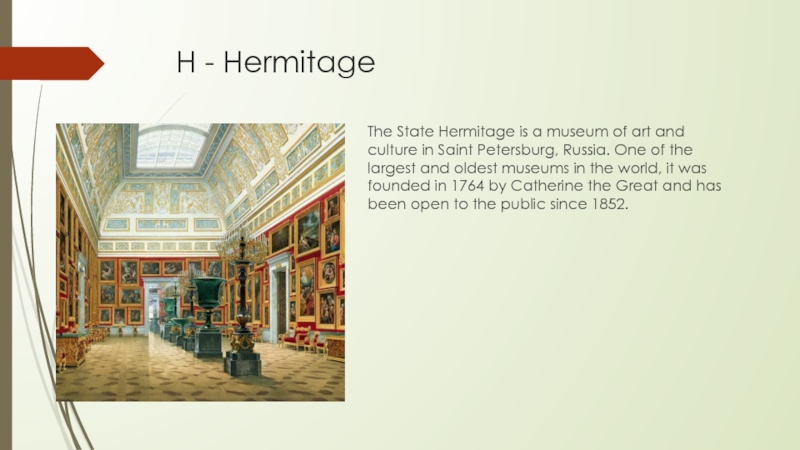
![A-Z of my country I - Ivan the Terrible Ivan IV Vasilyevich (3 September [O.S. I - Ivan the Terrible Ivan IV Vasilyevich (3 September [O.S. 25 August] 1530 – 28 March](/img/tmb/4/336463/bf18d5d3cf3d46ce1973617799e8a16c-800x.jpg)
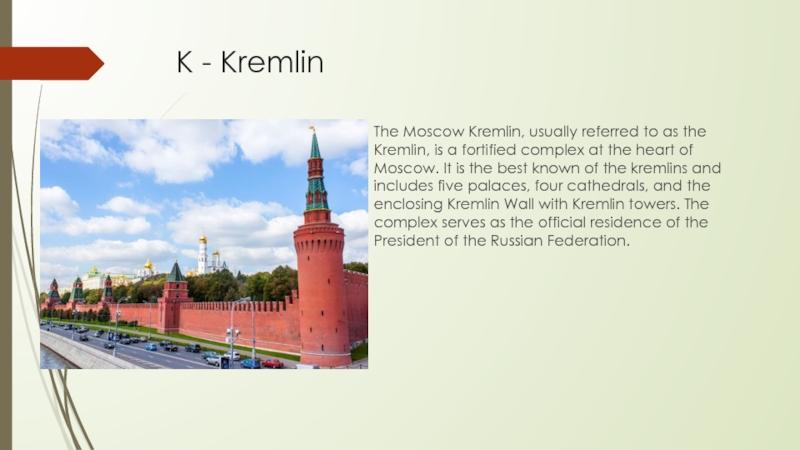
![A-Z of my country L - LomonosovMikhail Vasilyevich Lomonosov (November 19 [O.S. November 8] 1711 L - LomonosovMikhail Vasilyevich Lomonosov (November 19 [O.S. November 8] 1711 – April 15 [O.S. April 4]](/img/thumbs/939018bc566f12c0e06bbd9f18205361-800x.jpg)
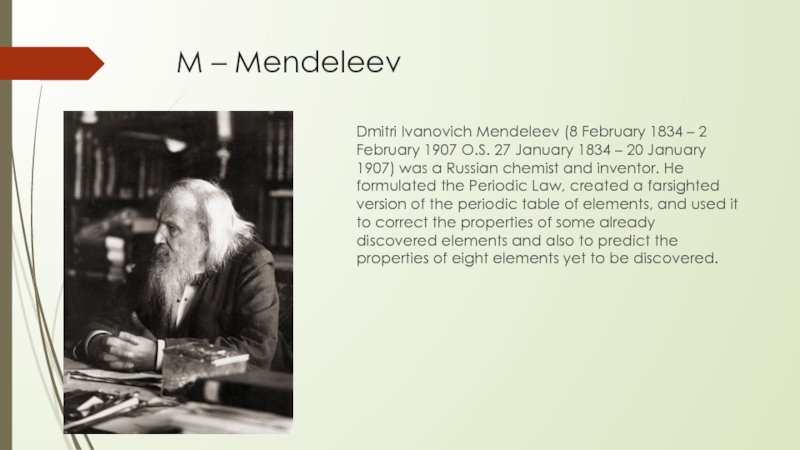
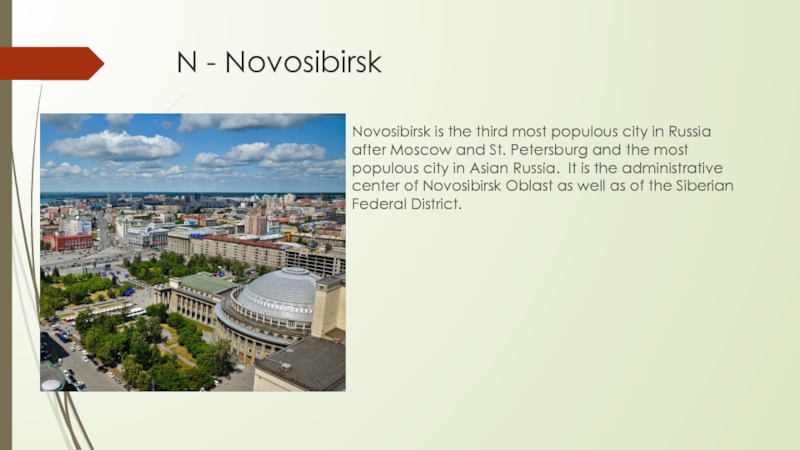
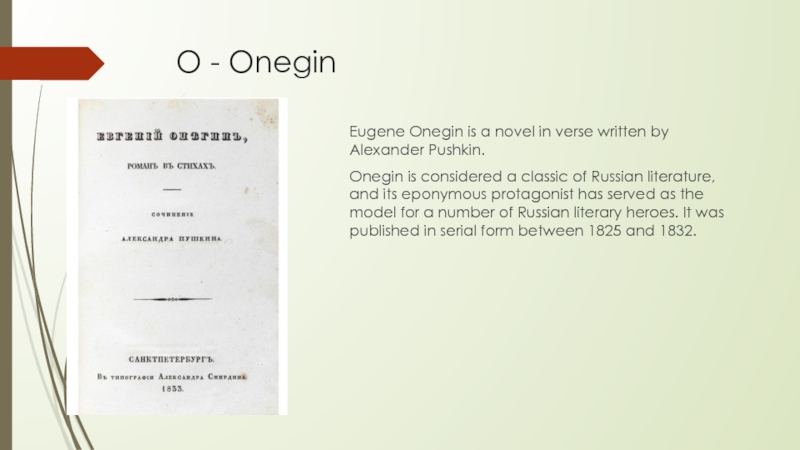
![A-Z of my country P - PushkinAlexander Sergeyevich Pushkin (6 June [O.S. 26 May] 1799 P - PushkinAlexander Sergeyevich Pushkin (6 June [O.S. 26 May] 1799 – 10 February [O.S. 29 January]](/img/thumbs/41dc6f0b87c7c82b7a929d3cf83354ea-800x.jpg)
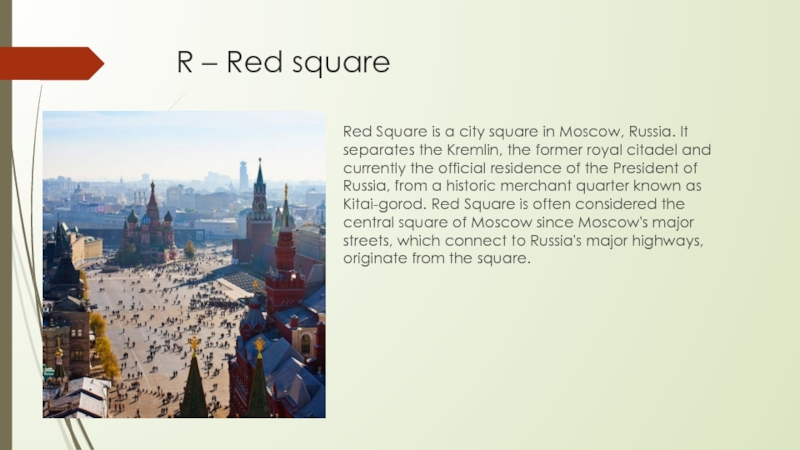

![A-Z of my country T - TolstoyCount Lev Nikolayevich Tolstoy (9 September [O.S. 28 August] T - TolstoyCount Lev Nikolayevich Tolstoy (9 September [O.S. 28 August] 1828 – 20 November [O.S. 7](/img/thumbs/f8028a40cf389a021fe9ceeec9f7a56a-800x.jpg)
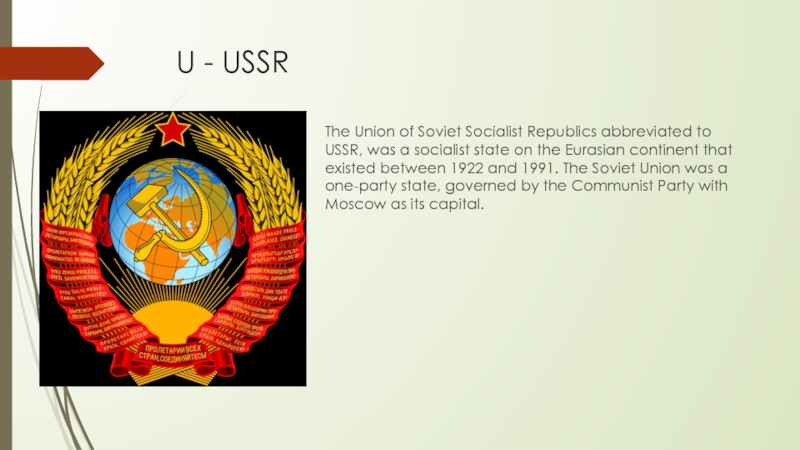
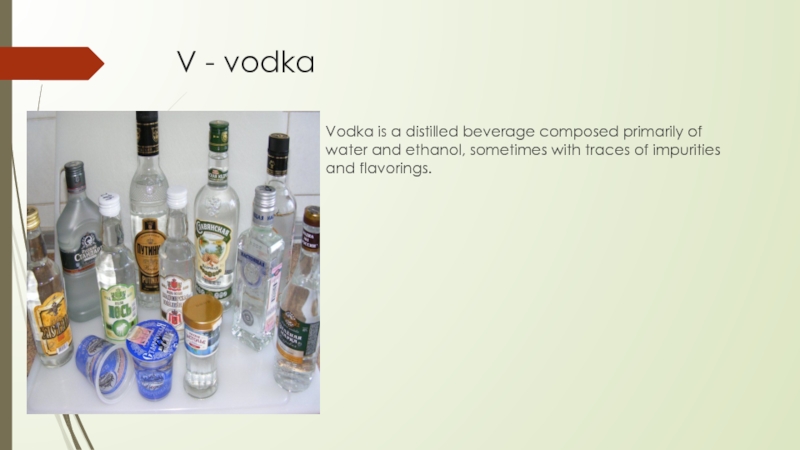
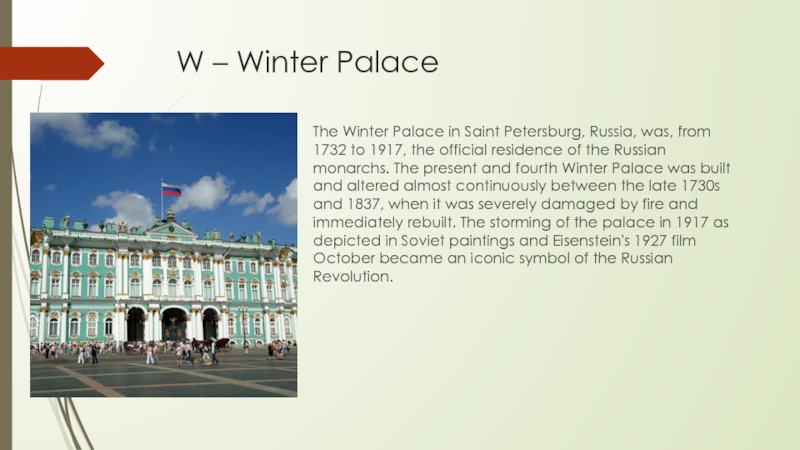
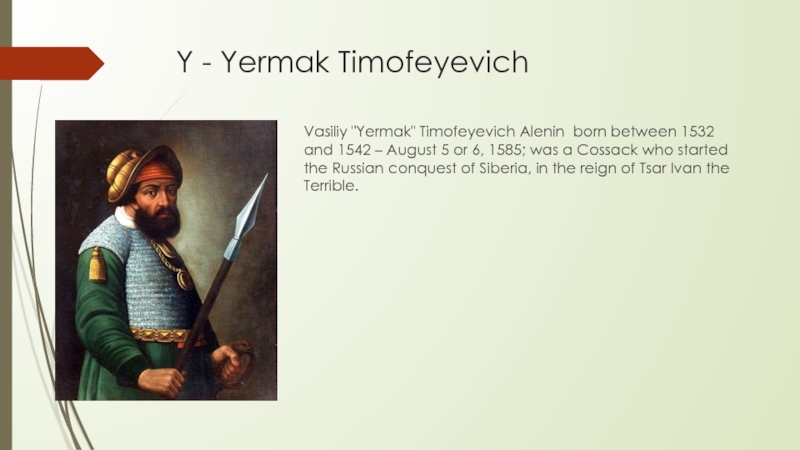
![A-Z of my country Z - ZhukovGeorgy Konstantinovich Zhukov (1 December [O.S. 19 November] 1896 Z - ZhukovGeorgy Konstantinovich Zhukov (1 December [O.S. 19 November] 1896 – 18 June 1974), was a](/img/thumbs/e97d8e2e08f16276fe90bb85927a8dca-800x.jpg)

